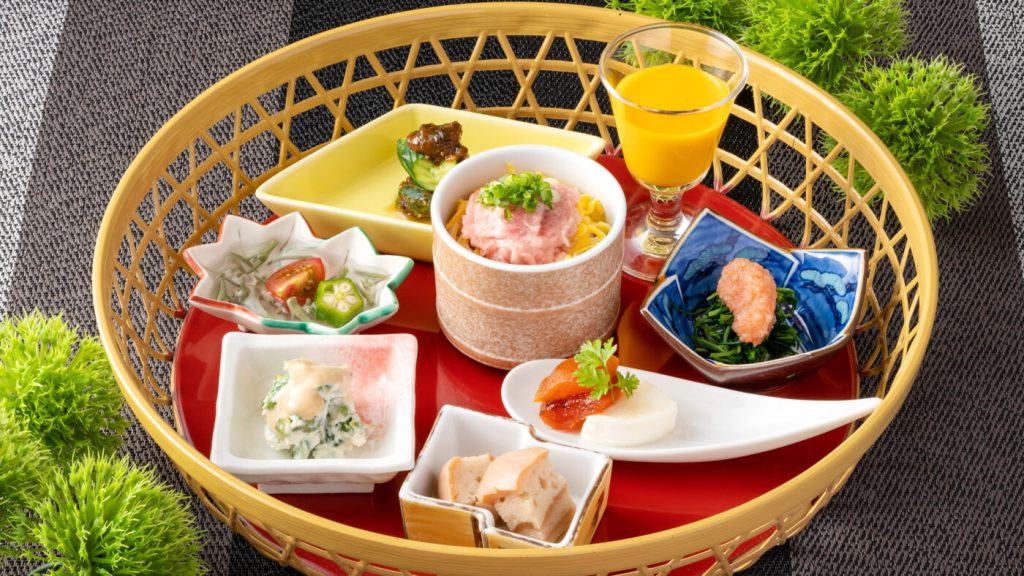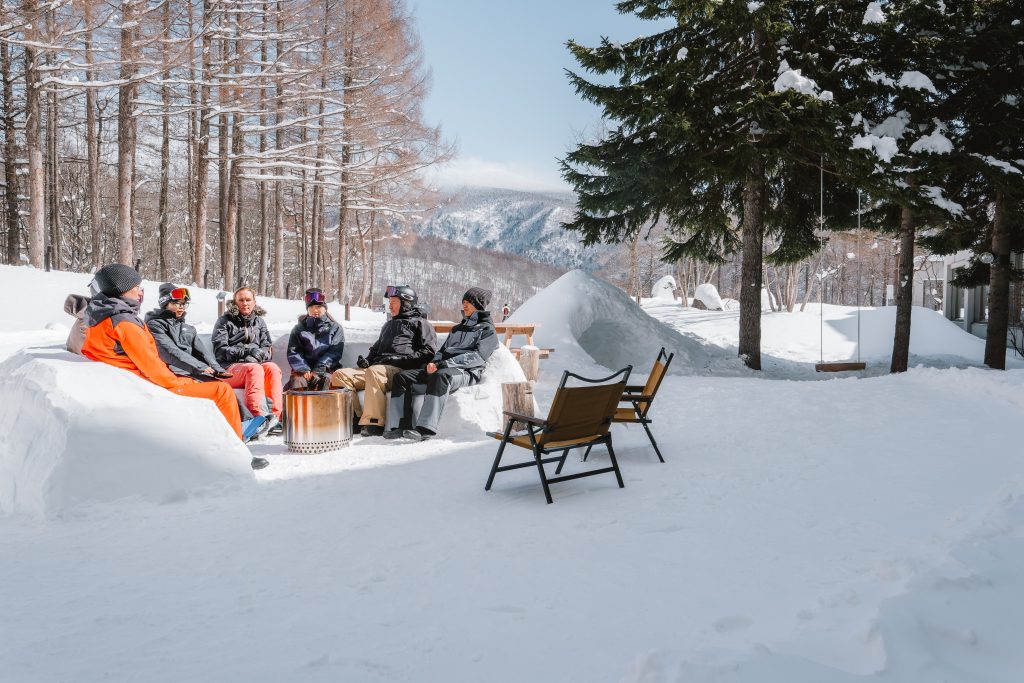Shikoku means “four countries”. As it shows the island consists of four regions; Kagawa, Tokushima, Kouchi and Ehime next to each other. By the end of this blog, you’ll love this treasure island where a respect for history and architecture merges with a sense of art.
Kagawa, Naoshima
First of all, let’s explore Kagawa which is famous for udon noodles. One of the islands, Naoshima is also popular as art island.
Benesse House Museum

Benesse House Museum is an art museum and hotel in one facility. The theme of the museum is “A harmonious integration of nature, architecture, and art”. Being both the architecture of the building and exhibitions mordern, it is like a treasure box outside and inside.
Architect is Tadao Ando, who is the strength of geometrical designing and blending lighting expression to architecture. Unique display areas which based on the concept of the sea and valley locate both inside and outside. Yayoi Kusama’s red and yellow pumpkins are especially famous.
Even the sunlight and ocean view surrounding the museum are spice to make new impression of the exhibitions.
There are also some exclusives for night over guests. Benesse house, the hotel provides exhibitions displayed only for the guests and night time art touring.
Tokushima
Secondly, you will explore a unique vine bridge in Tokushima.
Iya Kazura bashi, Tokushima (Actinidia arguta vine bridge)

This unique bridge is on the list of important cultural asset. It is woven with actinidia arguta vine suspension bridge, 45 meters long, 2 meters wide and 14 meters above the surface.It overs Iya valley.The valley changes its appearance depending on the season like a chameleon. You can enjoy wisteria blossoms in spring, fresh green leaves in summer, red leaves in autumn and white snow.
There are some theories of the reason this bridge was created. For instance, The Heike built this bridge as a trap, planning to cut the vines while fleeing so that the chasing enemies would fall into the valley.
Kotohira bus Tours offers you a comfortable tour by arranging private buses.
Kouchi
Thirdly, let’s freshen up with a breathtaking view of the crystal clear river in Kouchi.
Niyodo river

It ranked as the purest river in Japan above 162 others. Vibrant colour of the crystal clear water is called “Niyodo-blue”. Thanks to the transparency of the water and pale colours of the stones in the riverbed creates the beautiful blue.
Lightning bugs appear around the middle reach of the liver during summer. Combination of their light and Niyodo-blue makes a fairy tail atmosphere. There are some water falls and deep pools tributary currents separated from the main stream. You can also enjoy the beautiful flows and bracing air.
Chinka bashi

Niyodo river has six bridges that have narrow bodies and simple structures. The name means “bridge which sinks bottom” in Japanese came from the bridge literally sinks under the water when it rained heavily.
One of the bridges, Asao chinka bridge is famous for taking place for popular dramas and films. Enjoying the beautiful view of the river, exploring every six Chinkabashi following flow of the river is good idea to create a travell memory.
Ehime
Finally, your last destination on this blog is Ehime. People often express “small Kyoto in Iyo” as remaining traditional architecture.
Frou-an, Garyu Sanso

Sanso means a villa in mountain. It consists of several tearooms, hermitages and gardens. Frou-an is one of the hermitages there using a unique building method.
Kakedsukuri is a traditional building method for shrines and temples. The method consists of erecting long pillars to stabilize the floor. In ancient times, some of temples tended to be built along slope of the cliffs or mountain faces in Japan, so that this method was often used. Kakedsukuri makes Frou-an to be cozy hideaway more.
World wide famous architect Kisho Kurokawa has admired that he will not regret even he gets into debt to obtain the buildings.
Michelin Green Guide Japan contains it with a star in 2011.
Machiya and Castle stay experience in Ozu

There are some famous town revitalisation projects using beautiful historical buildings such as Machiya and Ozu castle.
Machiya is a traditional building style which was for citizen houses in the past. Because of the depopulation for maintain and succeeding, some of Machiya were abandoned despite being a highly valuable cultural material.
After revitalisation project started, some of the traditional machiya-buildings were renovated to a hotel, restaurant and small wedding hall remaining the traditional architecture. Town has totally come back to life and visitors!
Another effort to improve the city was Castle stay which was the very first attempt in Japan. Ozu castle is loved as a town symbol by local people and opened for visitors in day times. Surprisingly, guests can make reservation to stay the castle tower as a hotel!
Spending time calling mind of ancient history staying a night inside of important cultural property is essential experience. You will enjoy the breath of the architecture by your five senses. Silence inside of robust wooden building, The fragrance of cypress, artistic design of traditional rooms…everything will satisfy you.
Conclusion
Shikoku is treasure island of the nature, art and traditional architectures. It is the best choice for visitors who like to go around some unique landmarks in short stay because it does not take time to tour all four regions.
After exploring hidden gems in four regions, you will be as satisfied as when you found the four stars of Southern Cross in the clear night sky!
If you are interested in this tour, please Contact Us!
Resources:
Benesse Art Site Naoshima — https://benesse-artsite.jp/en/
三好市公式観光サイト 大歩危祖谷ナビ MIYOSHI CITY TOURISM OBOKE IYA NAVI — https://miyoshi-tourism.jp/
SHIKOKU TOURS — https://shikokutours.com
NIPPONIA HOTEL OZU CASTLE TOWN — https://www.ozucastle.com
大洲市観光まちづくり戦略会議「大洲市観光総合サイトVisit Ozu」— https://jp.visitozu.com







